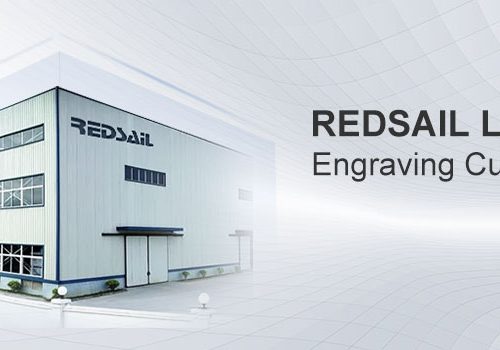
This is mainly compared with the traditional cutting technology. As the mainstream of traditional laser cutting, CO2 laser can stably cut carbon steel within 20mm, stainless steel within 10mm and aluminum alloy below 8mm. Fiber laser has obvious advantages when cutting thin plates within 4mm. The wavelength of CO2 laser is 10.6um, and the wavelength of solid laser such as YAG or fiber laser is 1.06um. The former is easy to be absorbed by non-metal materials, such as wood, acrylic, PP, plexiglass, etc., and the latter is not easy to be absorbed by non-metal materials, so non-metal materials cannot be cut. However, when the two lasers encounter copper, silver Pure aluminum and other high reflective materials are helpless.
Because the wavelength difference between CO2 and fiber laser is one order of magnitude, the former cannot be transmitted by optical fiber, while the latter can be transmitted by optical fiber, which greatly increases the flexibility of processing. In the early days, before the fiber laser was introduced to the market, in order to achieve three-dimensional processing, optical joint technology was used to guide CO2 laser to the three-dimensional curved surface through a highly precise dynamic combined mirror system to achieve three-dimensional processing of CO2 laser. Because of the limitations of domestic precision processing technology, this technology was mainly controlled by a few developed countries in Europe and the United States, which was expensive and required high maintenance, While the market share of fiber laser is gradually expanding, it has gradually lost its market. As optical fiber laser can be transmitted through optical fiber, the degree of flexibility has been improved unprecedentedly. Especially for the automobile industry, because basically it is about 1mm thin plate curved surface processing, optical fiber laser with the same flexible robot system has low cost, few failure points, convenient maintenance, and extremely fast speed, so it has firmly occupied this market.
The photoelectric conversion rate of fiber laser is more than 25%, while the photoelectric conversion rate of CO2 laser is only about 10%. Fiber laser has obvious advantages in electricity consumption, supporting cooling system, etc.

